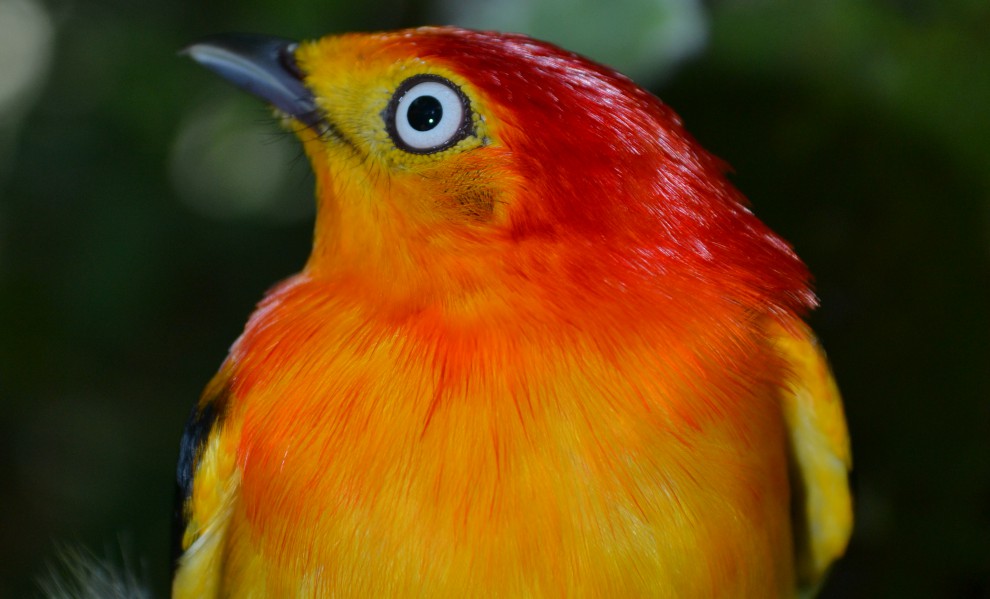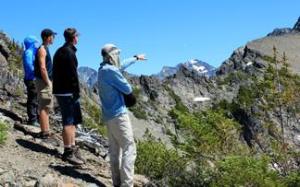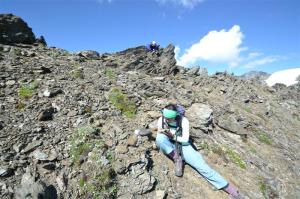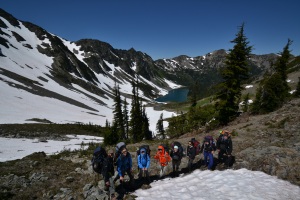
Here are our 8 intrepid students, on what I hope will be an annual trip. From left to right: Caleb Hernandez, Carter Case, Julia Riel, AnRen Tan, Mary Navarro, Alison Berg, Sarah Schooler, and Alex Hirt. In this picture we are on an off-trail traverse to our next campsite on Cedar Lake, in the background. The basin below us showed signs of recently receded glacier (evidence for global climate change), and held snow well into summer.
Just returned from a fabulous extended week in the mountains with some amazing young people, on my course “Landscape Change in the Pacific Northwest”. Every evening the students led inspirational conversation around the campfire (where campfires were allowed). Over the course of the week, we read and discussed excerpts from classic American nature writers and wilderness philosophers. We discussed the historical viewpoints that led to the destruction of wilderness landscapes, along with the counter-acting viewpoints that led to the preservation of smaller pieces of “wilderness” within the larger altered landscape. We contemplated the value of these remaining wilderness tracts for the health of ecosystems and people, and we discussed the future tenability of wilderness preserves from a functional and conceptual standpoint. From a natural science standpoint, we spent our days examining direct evidence for past and present climate change, including retreating glaciers, glacial geomorphology, and shifts in the ranges of plants and animals. Here are a few more of my pictures from the trip (and one picture by student Alex Hirt). At the end you will find links to some very engaging student blogs that do excellent justice to the course, and have even more photos.
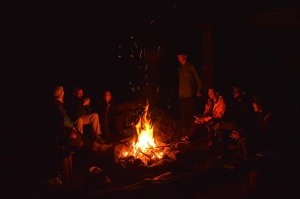
Campfire on night 7 of the trip, tired and sore, but totally relaxed and in the flow of wilderness travel. Still immersed in our wilderness experience, on this night we enjoyed another lengthy discussion, this time led by AnRen. AnRen got us thinking about how different agencies in the public and private sector could better cooperate to manage the wilderness and matrix landscape of the Olympic Peninsula for more successful wildlife conservation. Photo by Alex Hirt.
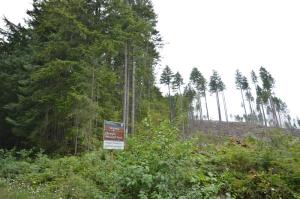
Entering Olympic National Park: The boundary between clear-cut and wilderness preserve is, well, clear cut.
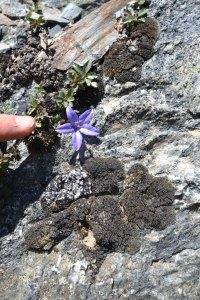
Piper’s Bellflower (Campanula piperi), an Olympic Mountain endemic species, occurs nowhere else in the world. It evolved in isolation on mountain tops in the Olympics, its nearest relative occuring in the Arctic latitudes of the Yukon region. What will happen to this rare species as warming climates force it to ever shrinking alpine habitat on mountain tops? This species is further threatened by introduced non-native mountain goats in the Olympic Mountains, of which we saw one nearby!
Below are links to 3 excellent student blogs from students who were on the course:
Sarah Schooler:
http://sls-envir495.blogspot.com/
Julia Riel:
http://jrenvir495d.blogspot.com/p/day-8.html
Alex Hirt:
http://ahirtwildernessjournal.blogspot.com/
